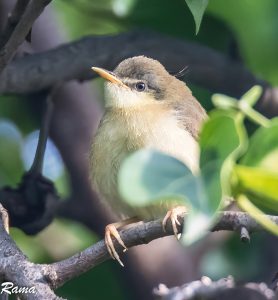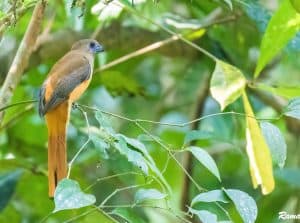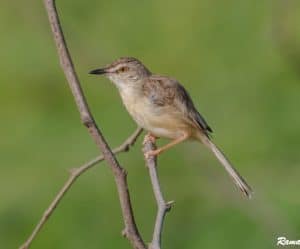Himalayan Prinia is found all along the Himalayan range in India. It was also called striated prinia earlier before its name change. Like other Prinias this is also insectivorous.
Binomian name origin:
Prinia from a Javanese name Prinya for the Bar-winged
Prinia P. familiaris which belongs to the same Genus
Crinigera from Latin from criniger longhaired (crinis hair; gerere to carry)





















